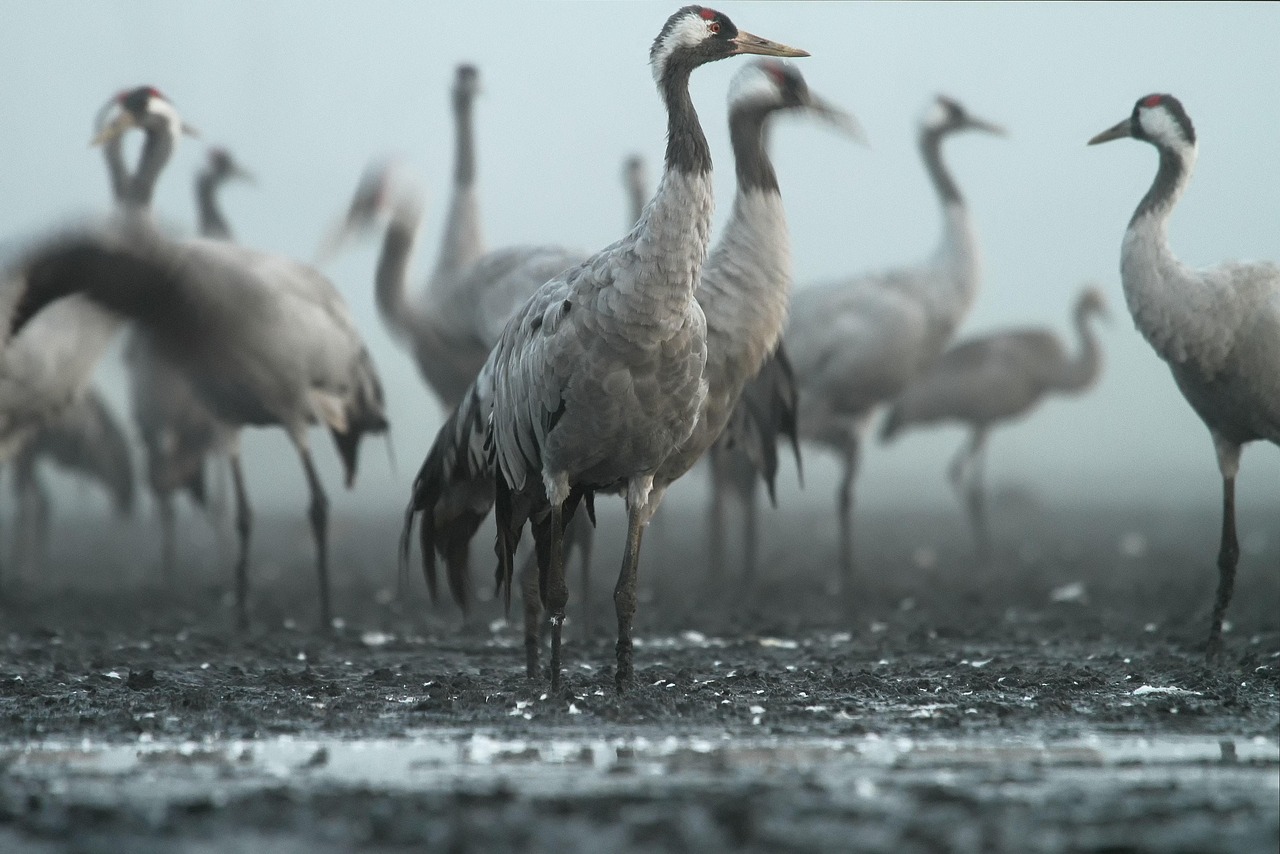
The 2025 State of the Birds report, published by the North American Bird Conservation Initiative (NABCI), presents concerning trends for America’s bird populations while highlighting successful conservation strategies that offer hope for recovery.
Key Findings: Bird Populations Continue to Decline
Five years after the landmark “3 Billion Birds Lost” research published in Science in 2019, the report shows bird population losses are continuing across multiple habitats. According to the report’s long-term population trend analysis, several bird groups have experienced significant declines since 1970:
- Grassland birds: -43%
- Aridland birds: -41%
- Shorebirds: -33%
- Eastern forest birds: -27%
- Western forest birds: -11%
- Sea ducks: -4%
Only waterbirds (+16%) and dabbling and diving ducks (+24%) show long-term increases, though the report notes that duck populations have trended downward in recent years.
Conservation Status Assessment
The report indicates approximately one-third of all American bird species are of high or moderate conservation concern due to declining populations, limited ranges, or other threats. Of particular concern are 112 “Tipping Point” species that have lost more than 50% of their populations in the past 50 years:
- 42 “Red Alert” species with perilously low populations and steep declining trends
- 37 “Orange Alert” species showing long-term losses and accelerated recent declines
- 33 “Yellow Alert” species with long-term losses but relatively stable recent trends
Habitat-Specific Challenges
The report identifies specific challenges facing birds across different habitats:
Shorebirds: A study based on long-term data showed negative population trends for 19 of 28 shorebird species since 1980, with 18 species showing accelerated losses in recent years. Shorebirds have the most Tipping Point species (19) of any bird group in North America.
Grassland Birds: More than 320 million acres of grasslands in America’s heartland are experiencing rapid loss due to conversion for agriculture, woody plant invasion, and drought. Over half of grassland-dependent bird species are in steep decline.
Aridland Birds: Since 1968, the West has lost almost half (46%) of aridland habitat due to drought, wildfires, invasive plants, and renewable energy development. Seven of the 31 aridland birds analyzed are designated as Tipping Point species.
Forest Birds: Eastern forest breeding birds have lost more than a quarter of their populations since 1970, with two-thirds of species declining across 40% of their breeding ranges. Western forest birds show recent moderate declines that are steepening, with over 50% of species declining.
Waterfowl and Waterbirds: Although waterfowl populations remain 24% higher than in 1970, recent declines in the Prairie Pothole Region correspond with deteriorating environmental conditions and accelerating wetland and grassland loss.
Conservation Success Stories
The report highlights several successful conservation initiatives:
- The American Oystercatcher Recovery Initiative, launched in 2009, has reversed declines and achieved a 43% increase in regional breeding populations.
- The National Audubon Society’s Conservation Ranching program has enrolled nearly 3 million acres of restored working rangelands across more than 100 ranches.
- Translocation efforts for seabirds have shown high success rates, with 76% of seabird species showing positive responses to these conservation actions.
Economic and Social Impact
The report emphasizes that bird conservation has broader benefits for American communities:
- According to the U.S. Fish and Wildlife Service’s 2024 analysis, there are 96 million American birders—37% of the adult population.
- Birding activity generates $279 billion in total annual economic output, $38 billion in tax revenue, and supports 1.4 million jobs.
- Studies show birds provide mental health benefits, with research indicating that encounters with birds reduce stress, anxiety, and depressive symptoms.
Conservation Recommendations
The report emphasizes that reversing bird declines requires proactive, coordinated efforts and strategic investments. Key recommendations include protecting critical shorebird sites, landscape-scale conservation for grasslands and aridlands, sustainable forest management practices, and defending vital wetland protections.
The 2025 State of the Birds report highlights the critical need for immediate conservation action to address continuing bird population declines while demonstrating that targeted conservation efforts can successfully recover populations when properly implemented and funded.
For more information, visit StateoftheBirds.org.

